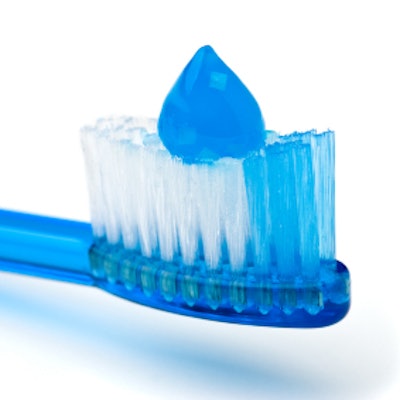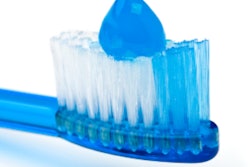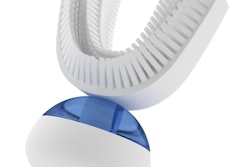
What's the best way for children to learn how to brush their teeth? Is it more effective for them to be shown using a model of a jaw or for them to watch a video on a tablet computer?
Researchers from Saudi Arabia compared the two methods in a study published in the European Journal of Paediatric Dentistry (December 2016, Vol. 17:4, pp. 327-331). They found that using a model of a jaw was more effective than showing the children a video of proper toothbrushing.
"There is a need for studies to evaluate the outcome and associated parameters of the new technology as tools for teaching tooth brushing to children in relation to plaque removal," wrote the group led by Fouad Saad Al-dinhaky Salama, a professor in the department of pediatric dentistry and orthodontics at King Saud University College of Dentistry in Riyadh.
Proper technique
The importance of teaching children proper toothbrushing technique cannot be overstated, yet there is little published data on the use of new technologies for teaching toothbrushing to children in the clinical setting and at home.
The authors wanted to assess the effect of a single episode of toothbrushing instruction using a video on a tablet computer (Apple iPad), comparing it with the traditional method of a practitioner using a Typodont jaw model (Nissin Dental Products) to show how to brush to remove plaque. The authors' hypothesis was there would be no difference between methods.
Their study included 100 children (57 boys) ages 8 to 12 divided into two equal groups. In group 1 (30 boys, 20 girls), brushing was shown to the child by a practitioner using a jaw model. This demonstration was recorded for use in group 2 (27 boys, 23 girls), with the video shown via an Apple iPad. The researchers recorded the children's plaque index before and after the toothbrushing demonstration.
The researchers used a standard reference toothbrush approved by the ADA and standard toothbrushing using the Bass brushing technique.
Group 1, the demonstration group, had a greater percentage reduction of plaque index score than group 2, who watched the video.
| Change in mean plaque index score after brushing | ||
| Group 1: Jaw | Group 2: Tablet | |
| Mean plaque index at baseline | 33.98 (15.60 SD*) | 33.38 (16.78 SD) |
| Mean plaque index after brushing | 16.71 (9.10 SD) | 21.82 (16.78 SD) |
| Change (%) | 17.27% | 11.56% |
Teaching children with a jaw model was more effective in improving plaque index score than having them watch a video on a tablet computer, the authors concluded. They also noted that both methods of toothbrushing instruction were fully accepted by all children.
Each participant in the study used a new toothbrush, which may have contributed to plaque reduction more than using an already-used toothbrush, according to the authors. The children also brushed for two minutes, which is likely longer than they are brushing at home. Future studies should consider multiple viewings over time of the demonstration video to determine any effects, the group wrote.
"Within the limitations of this study, it is concluded that a single-time toothbrushing instruction for teaching children by using a jaw model was more effective in improving plaque index score than using video on a tablet," the authors concluded.



















